Butterfly valve technology has evolved dramatically over the past half century, as has its industry popularity.Butterfly valves range in size from 1 in to more than 200 inch,it can be used for on-off service or modulating service. Actuation is typically achieved either manually (handle, wrench, gear operator) or through an external power source to cycle the valve automatically.
Automatic actuators include electric, pneumatic and hydraulic operators.
There are many advantages offered by butterfly valves compared to other types of valves including an inherently simple, economic design that consists of fewer parts, which makes butterfly valves easy to repair and maintain. The wafer-shaped body and relatively light weight offer a savings in the initial cost of the valve and installation costs — in person-hours, equipment and piping support.
At the following is 2 common butterfly valve type and main components:
Lug butterfly valves
Wafer butterfly valves
1.Body : The most common body designs of butterfly valvesare lug and wafer. The lug body has protruding lugs that provide bolt holes matching those in the pipe flange. A wafer body does not have protruding lugs. The wafer valve is sandwiched between the pipe flanges, and the flange bolts surround the body.
2. Disc :The flow closure member of a butterfly valve is the disk.Rotating the disk one-quarter turn or 90 Degrees opens and closes the butterfly valve.
3. Stem :The stem of the butterfly valve may be a one-piece shaft or a two-piece (split-stem) design.
4.Seat : The seat of a resilient-seat butterfly valve utilizes an interference fit between the disk edge and the seat to provide shutoff. The most common seat material is PTFE or RTFE because of the wider range of compatibility and temperature range.
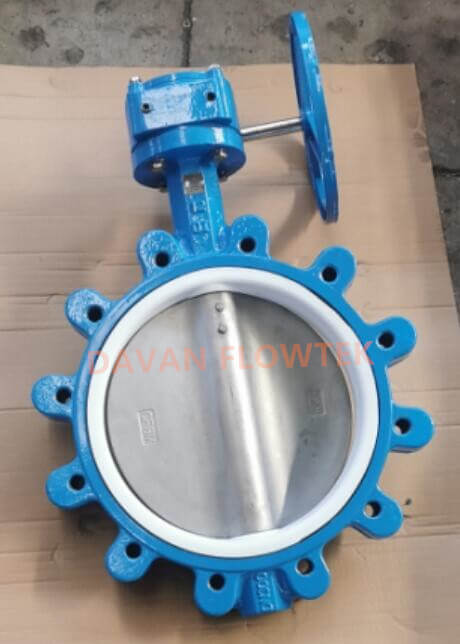
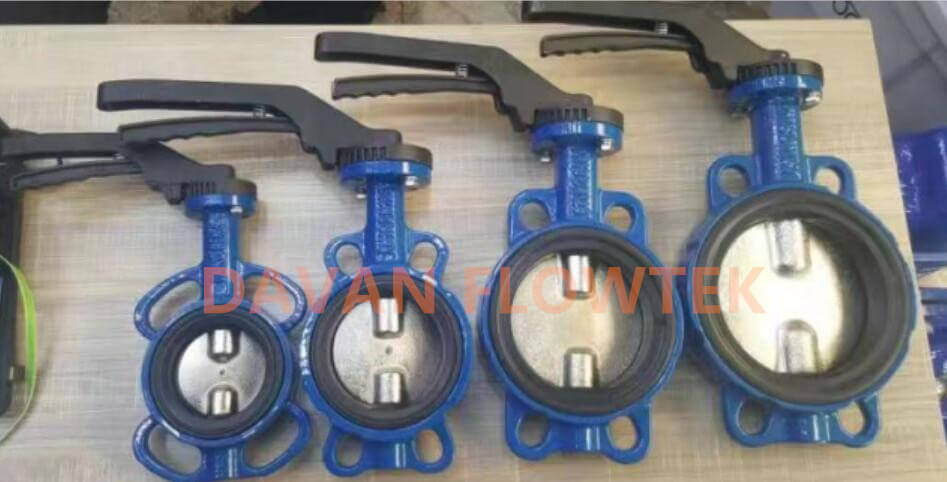

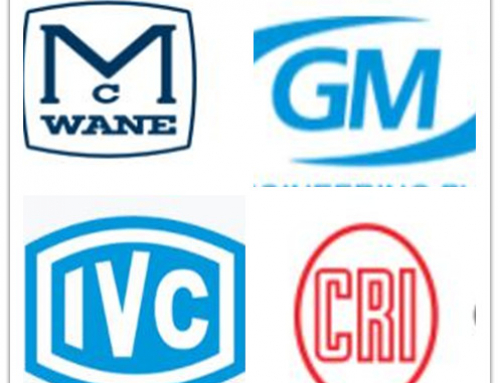
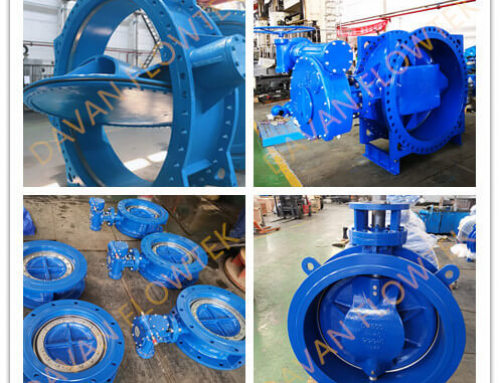

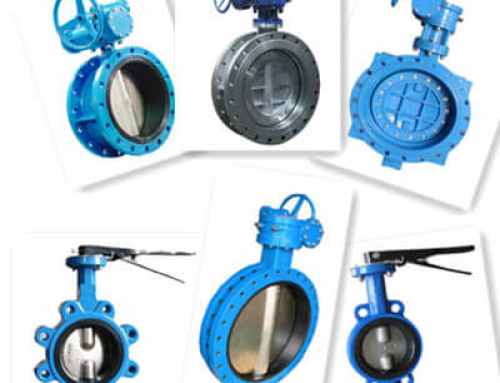
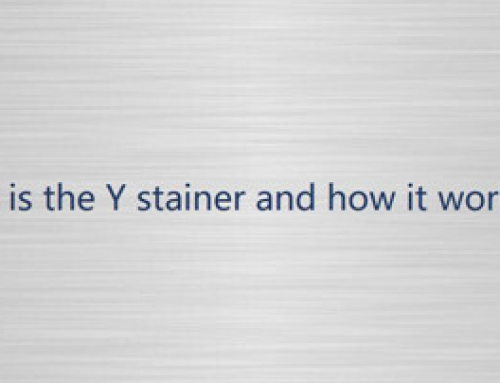
Leave A Comment